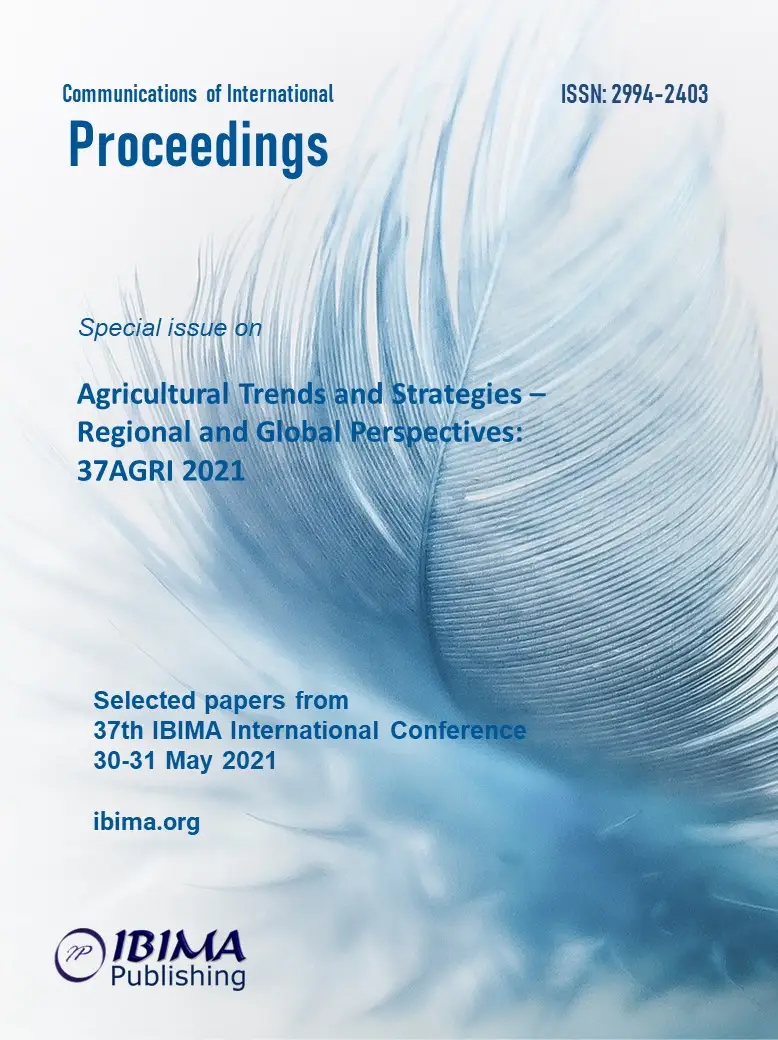
Agnieszka STRZELECKA and Danuta ZAWADZKA
Koszalin University of Technology, Faculty of Economic Sciences, Department of Finance, Poland

The aim of the research was to identify the features of agricultural households in Central Pomerania at risk of poverty. The research assumed that poverty refers to a situation in which an agricultural household is unable to meet specific needs at a satisfactory level. Three variables for measuring the poverty of these units were established. The source of the data were the results of a survey conducted in the second quarter of 2020 on a group of 361 agricultural households in Central Pomerania (Poland). The study took into account the households of farmers running commercial agricultural holdings covered by agricultural accounting research in the European Farm Accountancy Data Network (Polish FADN). In order to identify the agricultural features of households influencing the risk of poverty, the following set of features was adopted based on the literature review: age of the household head (in years), gender of the household head, level of education of the household head, size of the household, development phase of the household, funds accumulated in the form of savings in the household, household debt, the possibility of financial exclusion in the household, the area of the farm, the value of farm production, the direction of production of the farm. The study used a two-tailed equality test for column proportions. For each significant pair, the category with the smaller column proportion appears together with the category with the larger column proportion. The significance level adopted in the study is 0.05. Tests were adjusted for all pairwise comparisons within each internal subtable using the Bonferroni correction. The isolated features of the analyzed agricultural households are more often associated with the subjective perception of the risk of poverty than with the objective criterion measured with net income per capita. The research confirmed that the accumulation of savings is associated with a lower risk of poverty – regardless of the adopted criterion. Farms that assess their possibility of financial exclusion as high are at greater risk of poverty (understood by subjective criteria). Moreover, the larger the acreage of agricultural land, the lower the risk of poverty in the agricultural household. The risk of poverty in each of the dimensions decreases with the increase in the value of production and the specialization of agricultural production.